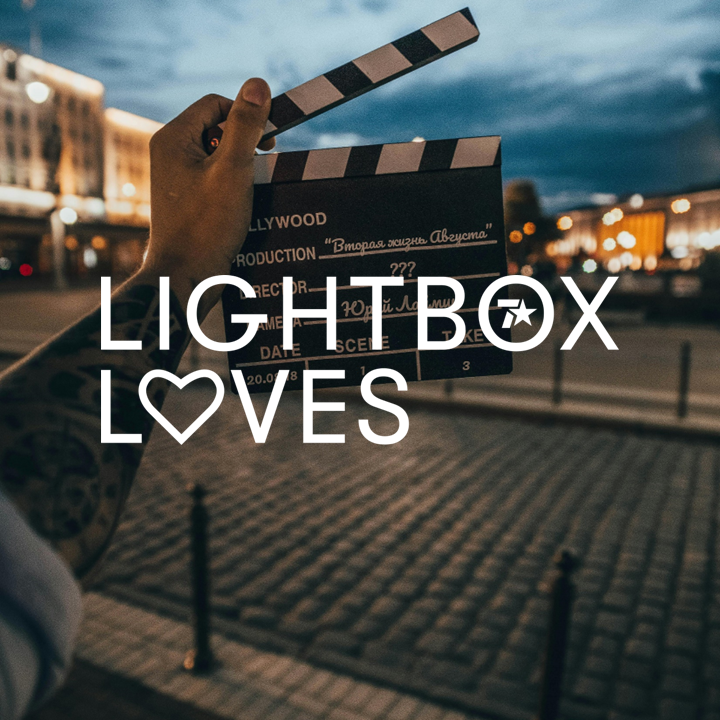
HQ Trivia proved themselves to be a game changer in the world of video entertainment. Once hosting over 2 million users per quiz, the much-loved real-time quiz app should be lauded as an example of just what can be achieved in the 21st century video space rather than an example of failure following the announcement of its shutting down.
“With HQ we showed the world the future of TV” (Rus Yusupov, CEO). MTV demonstrably agree, having commissioned the remarkably similar new quiz show “MTV Stax” to run on the Facebook Watch platform 3 times a week. Imitation truly is the sincerest form of flattery after all.
Looking ahead, it is imperative that this trend of video innovation is continued. 83% of 12-15 year olds now own a smartphone (41% of whom use it to consume TV). The next generation constantly find new and alternative ways to consume video content.
Enter stage left, QuiBi; the mobile first short-form video streaming service set to launch in the US on April 6th. Built for on the go use this new player will specialize in high production, on the go, bitesize content with the USP of delivering full screen content both horizontally & vertically; offering different shots for whichever orientation the user views the content in.
Innovation isn’t reserved only for the subscription VOD (SVOD) space, however. Far from it.
NBCU’s Peacock has focused on innovation in its advertising VOD (AVOD) proposition. Advertisers can now benefit from such opportunities as shoppable TV (ads that allow viewers to buy products related to the show they are watching at that moment), voice activated ads (to interact vocally with advertiser offers) and solo ads (which give the advertiser the single break within a show); great not only for the SOV of a brand but also for the consumers viewing experience.
While neither of the above-mentioned innovations are currently available in the UK, they are indicative of the direction in which the UK video market is eventually heading.
As the SVOD market swells, an increasing number of services will be forced to turn to providing an AVOD offering to relieve the financial pressures on consumers; creating opportunities for innovation in the advertising space that will allow brands to deliver their message to notoriously hard to reach audiences.
1.https://variety.com/2020/digital/news/hq-trivia-shuts-down-1203504848/


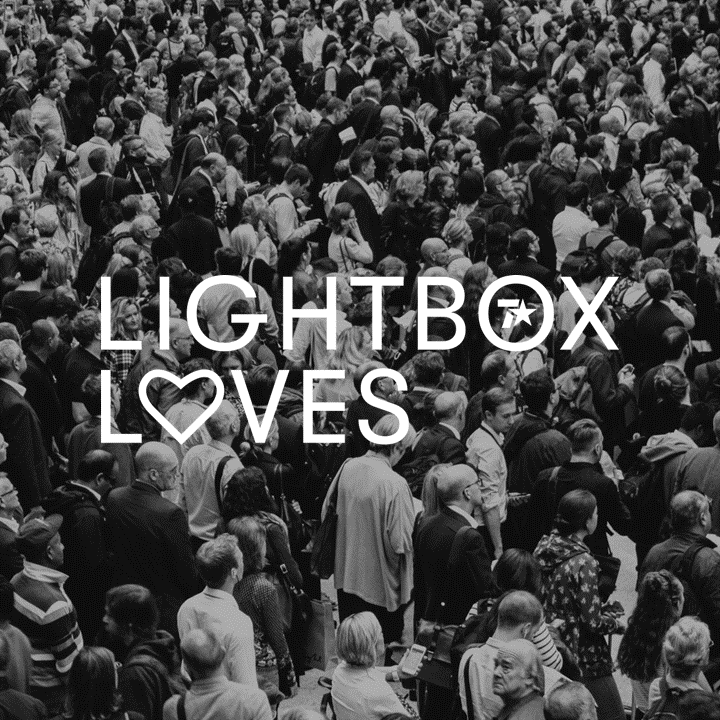
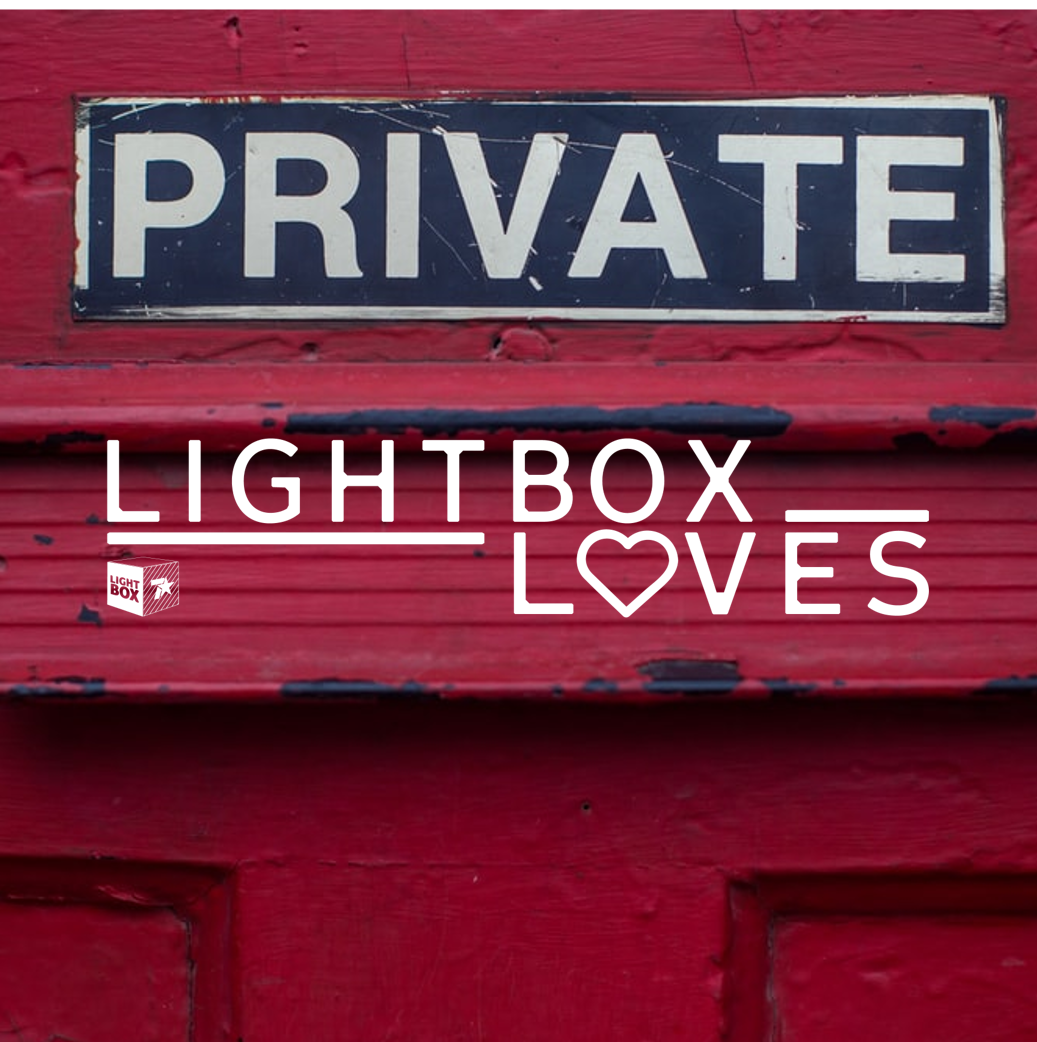

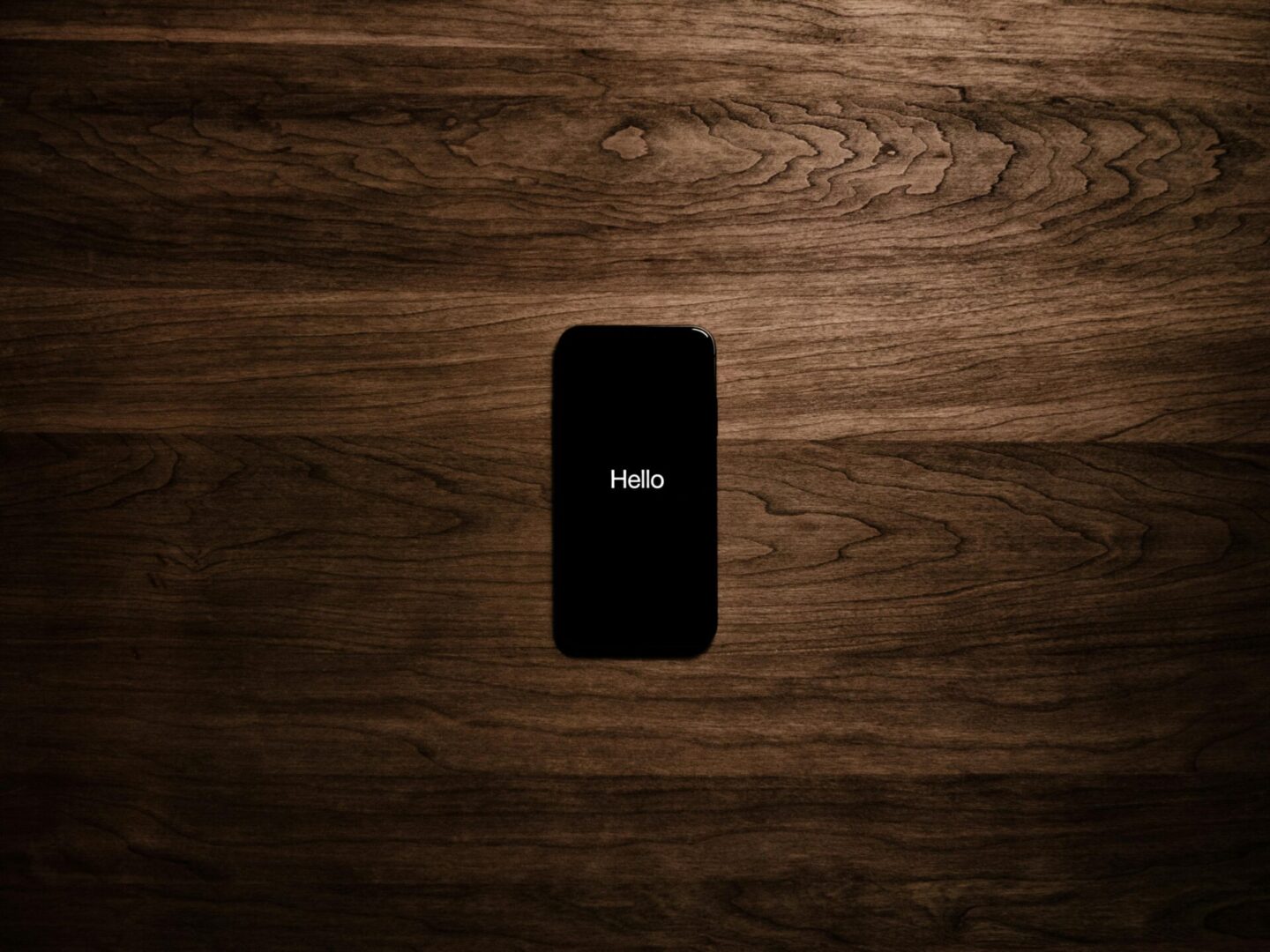
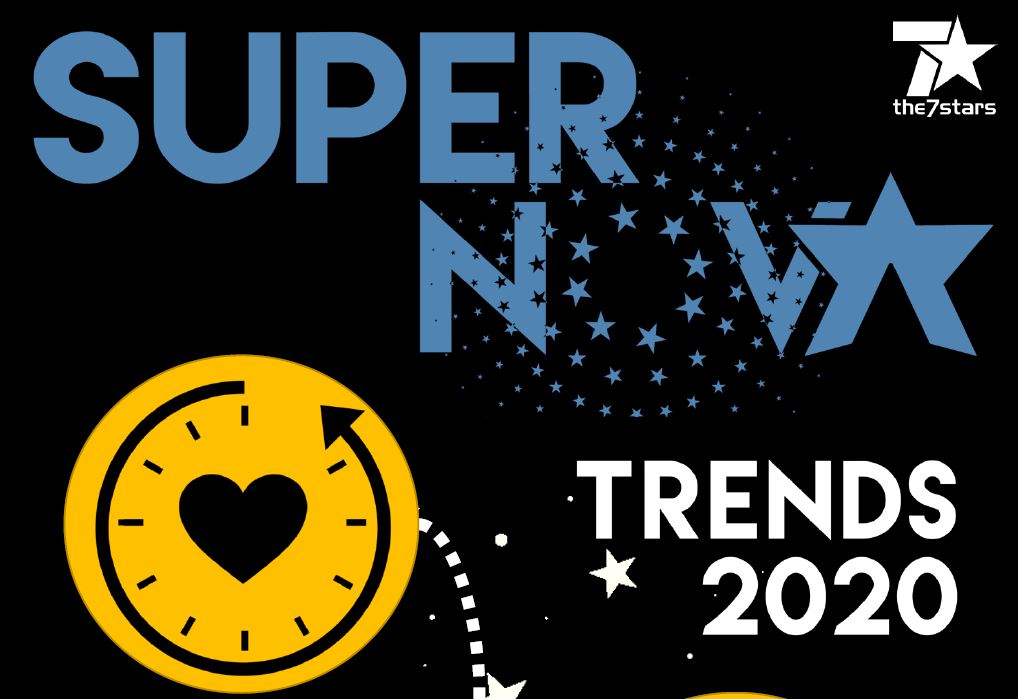




Recent Comments